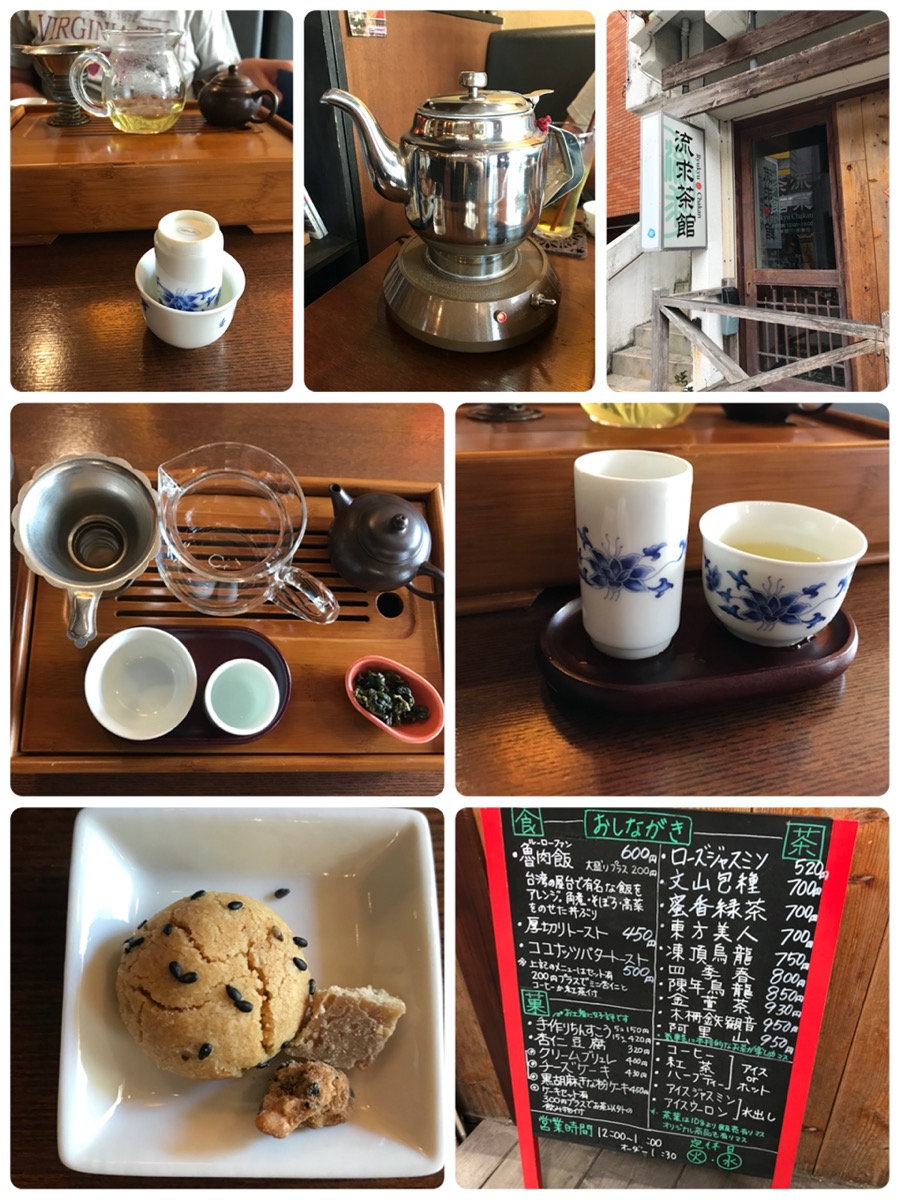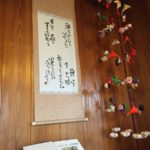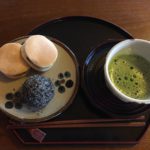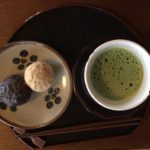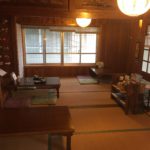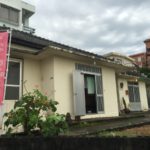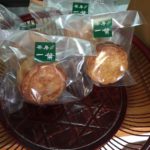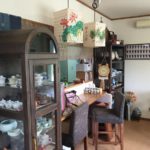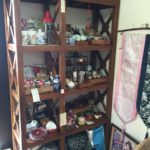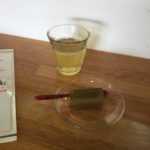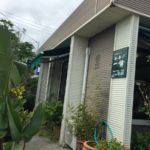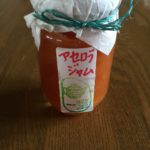工夫茶 (Japanese spelling: kunfuucha): gongfu tea ceremony
As a tea “enthusiast,” I am always interested in trying any type of tea available. While in Taiwan and Shanghai, I have enjoyed gongfu “tea ceremony” on a few occasions. Recently, I began to discover that Okinawa has a few cafes that specialize in this type of tea ceremony. So while I am currently taking Japanese tea ceremony (茶道, or 茶の湯) lessons, I love a good cup of tea wherever I can find it.
This post will not get into all the specifics of how to perform gongfu cha, etc., but I will give an insight into where you can try this here in Okinawa. Honestly, the tea purveyor of the shops will be able to demonstrate and give a much better explanation for you.
Most of these cafes are in Naha. First up is Ryukyu Chakan 流求茶館, located not far from Kokusai-dori. It is in one of the neighborhoods, along a back street, where you come to a small shop. Inside is gorgeous! There is counter area, and tables, so choose your preference. They offer light meals, in addition to tea and tea drinks. As for the tea, they have many different varieties (at different prices) to choose from; they also have a nice little picture system to indicate which are used for the tray (tea ceremony), mugs, and pots. For gongfu cha, be sure to choose a tea with the tray icon. As a word of warning, the menu is entirely in Japanese and I do not believe they have any English available; that being said, if you do not know much Japanese, just bring some patience and your smart phone translator. The staff is very friendly and kind, and will demonstrate how to prepare your tea when it comes out. Oh, and the tea sets are more than enough for 2 people! In addition to the tea, they will bring out some small dish of chinsukou and dried fruits. Overall the price was reasonable for an afternoon tea for 2 people, and my husband and I had a fabulous time.
address: https://goo.gl/maps/zD7m4QMz5AD2
The next place is Camellia Sinensis カメリア・シネンシス (yes, the name means tea plant!). This place also has gongfu cha, in addition to many teas such as “flowering” teas (blooming teas). Another nice place to check out in Naha.
address: https://goo.gl/maps/gF6V8349qot
In Naha there is also the Taiwan Teahouse 台湾茶屋; I have not made it here yet, but they appear to also offer gongfu cha.
address: https://goo.gl/maps/uYfcTnAcUBM2
And lastly, there is a teahouse located in Nanjo area; I wrote a blog post about this place earlier (though at the time I wrote it, I hadn’t realized she offered gongfu cha): Tea house Ichiyou: 茶房一葉. I highly recommend this place, it has several types of Japanese, Chinese, and Taiwanese teas. The last time I was there, I had gongfu cha, in addition to a delicious light meal. Again, like the other places, everything is in Japanese, but the owner is quite kind, so bring your patience and do your best.
address: https://goo.gl/maps/NwkYkiHFFUu
**At all of these shops, you can also purchase various types of tea to take home.
